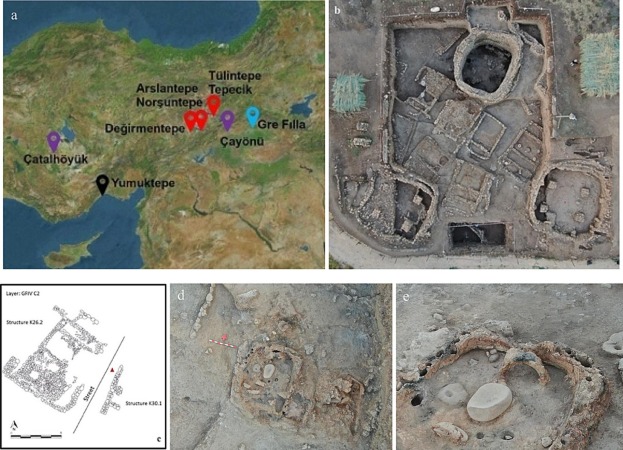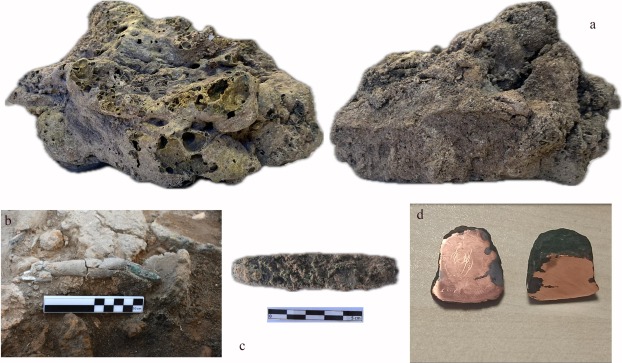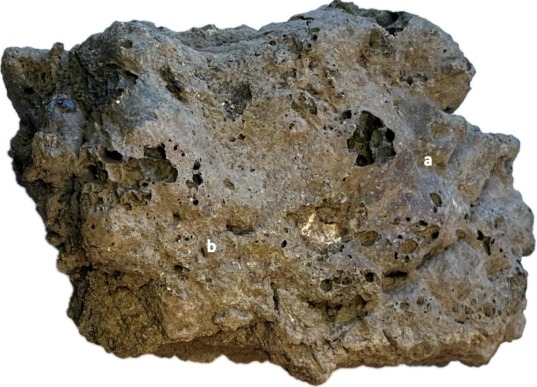Our ancestors may have been experimenting with copper earlier than previously thought. A discovery from Gre Filla in Turkey – fragment of molten soil and copper, showing traces of high temperature action – sheds new light on the origins of metallurgy.
During excavations conducted in 2021 at the ancient archaeological site of Gre Filla, in southeastern Anatolia, researchers made a groundbreaking discovery. In a layer of sediment dated to around 10,800 years ago, they found a lump of glassy molten soil and copper. It weighs about half a kilogram and looks as if it had been subjected to high temperatures. According to archaeologists, this may be the oldest trace of metal smelting in human history.

Until now, it was believed that Europe saw the first instances of deliberate metal smelting around 5000 BC. Discoveries from Gre Filla may push back the origin of this process by several thousand years. In 2018-2023, archaeologists found numerous traces of early copper processing at the site. Two objects were particularly interesting: a 3.4 cm long copper rod and a lump of soil with traces of molten copper. The finds were preserved in a layer from 8800-7500 BC.

Chemical analysis showed the presence of microscopic copper droplets and tridymite, a mineral formed at temperatures above 850 degrees Celsius. This means that the inhabitants of Gre Filla may have been experimenting with metalworking.
Source: National Geographic, Journal of Archaeological Science: Reports







